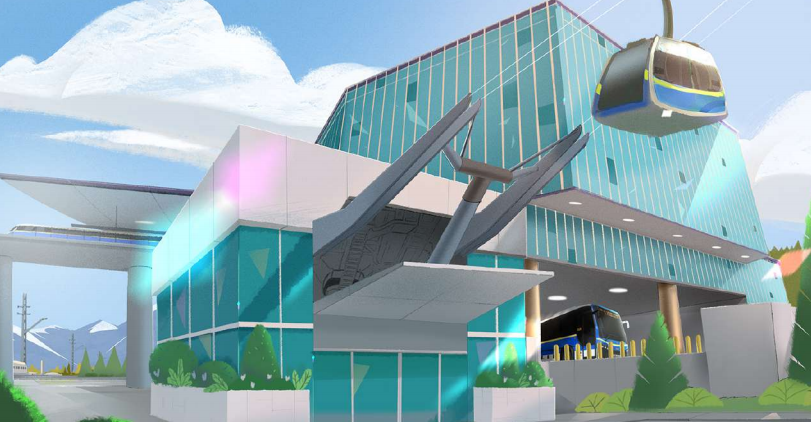Imagine a whole community – thousands of loyal transit users – waiting at their local stop, hoping that their civic leaders give thumbs up to an efficient, reliable, and affordable change of service.
A “yes” will mean a benefit to the whole regional transit system. A “no” means 10 more years in the rain and the snow.
This isn’t a hypothetical. The community in question is UniverCity on Burnaby Mountain - more than 7,000 people who use transit at a higher rate than anyone in the region outside Vancouver’s downtown peninsula. On one hand, it’s easy to understand why.
The Burnaby Mountain campus of Simon Fraser University is the second-busiest transit destination in TransLink’s service area; for part of the day, and for five days a week, the transit option looks terrific.
But there are problems. First, the bus-based service is designed to accommodate the students, staff, and faculty at Simon Fraser University, so when classes are over, most of the buses go home. If you’re a resident of UniverCity and you miss your window, you’re out of luck.
The second problem is that diesel buses are last-century’s solution for the steep mountain approach. They are highly polluting, they suffer greatly from the wear and tear, and it’s not unusual for Burnaby Mountain snowstorms to defeat the service altogether.
The third problem is capacity: in normal times (i.e. when COVID is not raging), the service is overloaded. Users connecting to or from the Production Way SkyTrain station often spend more time waiting for a seat than they do actually travelling up or down the mountain. And the queue is full: TransLink can’t increase capacity (or reduce overloading) by adding more buses.
Fortunately, there is a solution. For the past 13 years, TransLink has been looking at business cases that show an urban transit gondola would be safe, fast, reliable, and affordable. Replacing diesel buses would dramatically lower the environmental footprint and the gondola could be built and operated inexpensively compared to any alternative. Fully electric and perfectly suited to the location, a gondola would provide a huge improvement in service to SFU users and UniverCity residents alike, even while freeing up dozens of buses for use elsewhere in the region.
The TransLink Mayors’ Council has recognized the gondola as a top candidate for the next 10-year plan. But to secure that spot, it still needs only a specific endorsement from Burnaby City Council. This is Burnaby’s time to stand up and state our priorities for transit in our community. Students, residents, hikers, sightseers: we could all be riding this innovative and dependable service within the next five years.
It’s hard to overstate the value of this service to people on the mountain. UniverCity is a growing community with an unusually high proportion of young families and retirees. As mentioned above, more than 25% of UniverCity residents commute on transit and many more of us would join those ranks if the service was more consistent and reliable. For some of my neighbours, the gondola’s biggest appeal is the potential reduction in greenhouse gas emissions. Some look forward to having a safe alternative escape route, say, if a fire on Burnaby Mountain closed the road.
For everyone, though, this is an overdue solution to a serious transportation problem. UniverCity is a still-new community. As we grow in the next few years to a build-out population of 9,000, we are still struggling to establish services that other Burnaby residents take for granted. It took 15 years, for example, before we got a local fire station.
As citizens and voters – as taxpaying residents and small business owners – we rely upon our municipal leaders to stand up for us at critical times. With this opportunity to have a gondola placed prominently in the TransLink workplan, we sincerely hope we can count on Burnaby Mayor Mike Hurley and council to deliver their support.
Mario Guisado is president of the UniverCity Community Association


